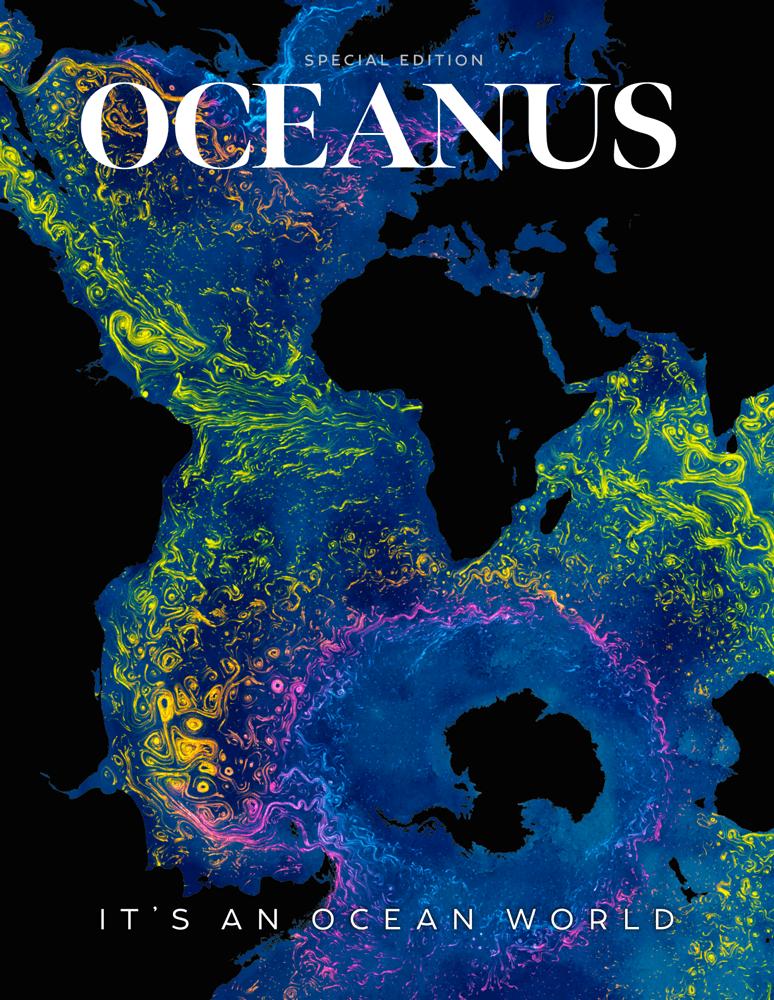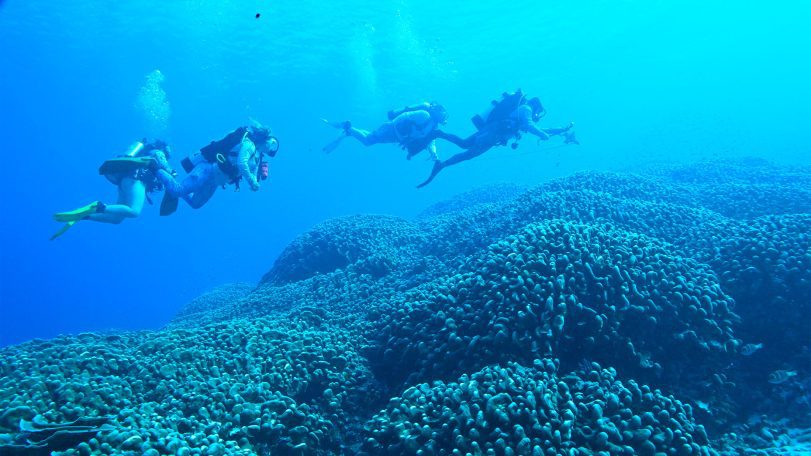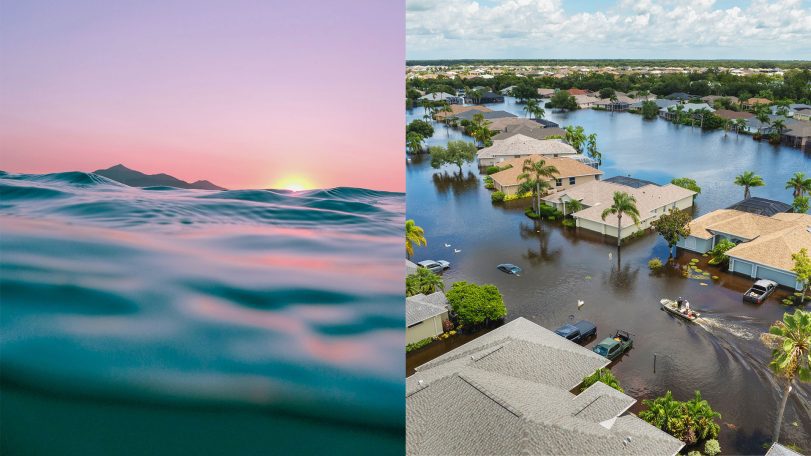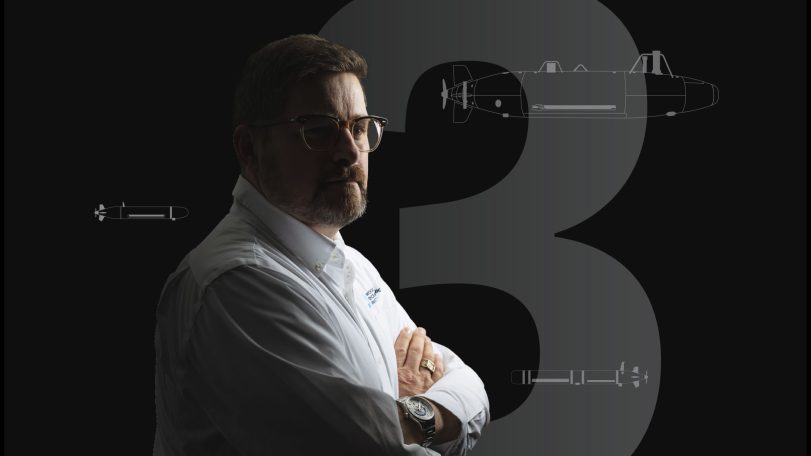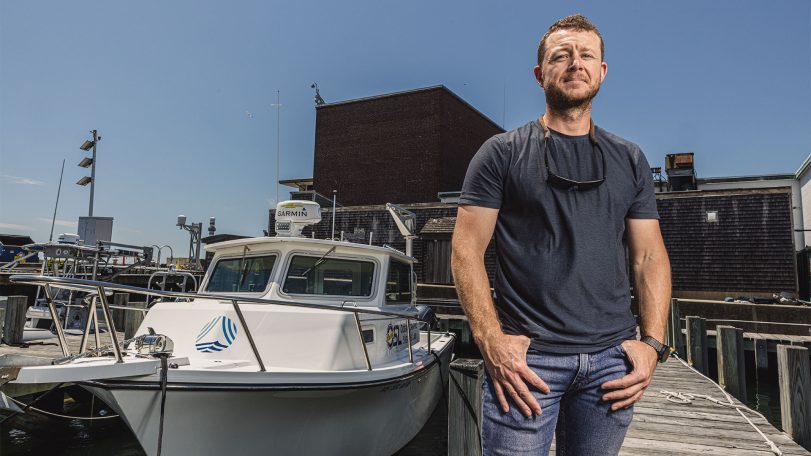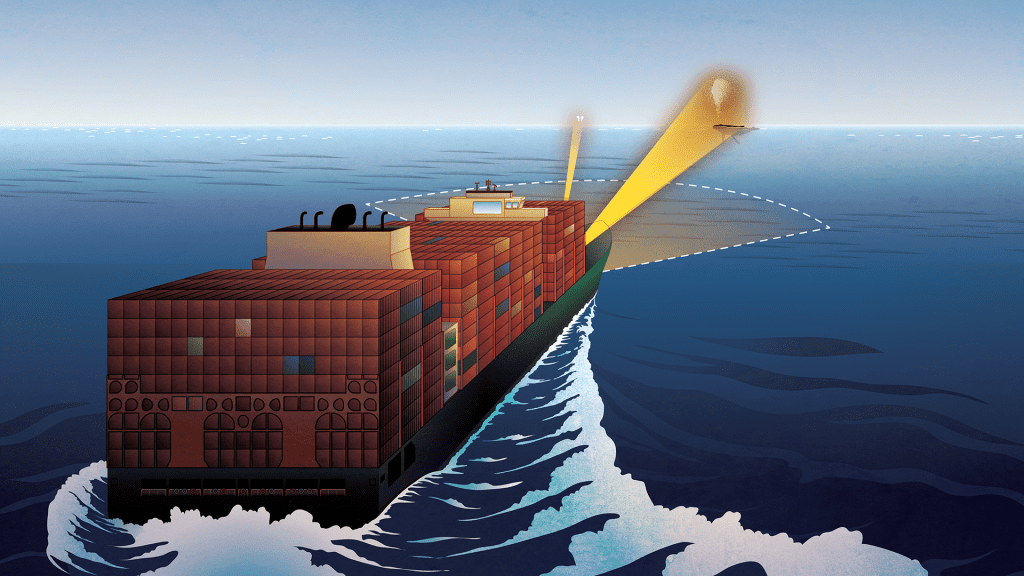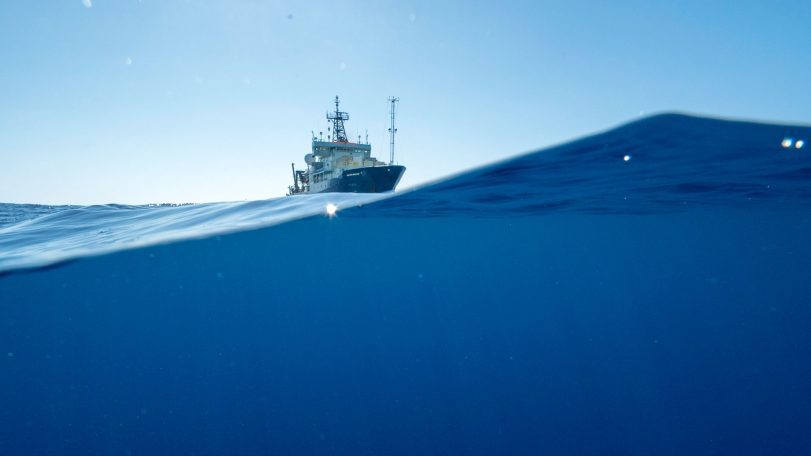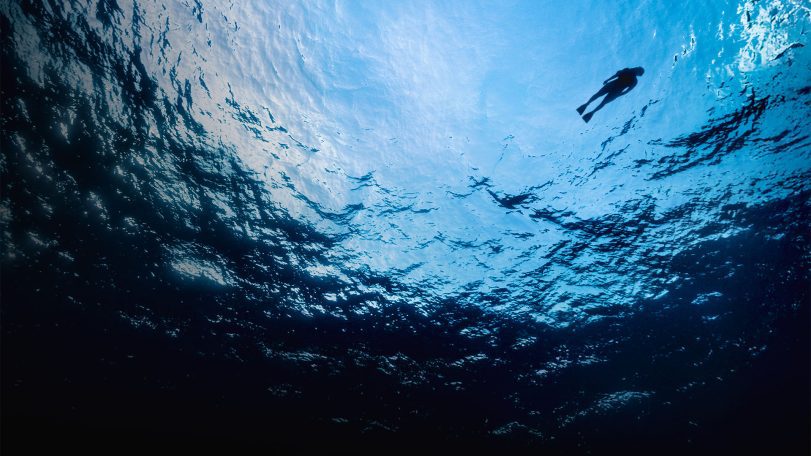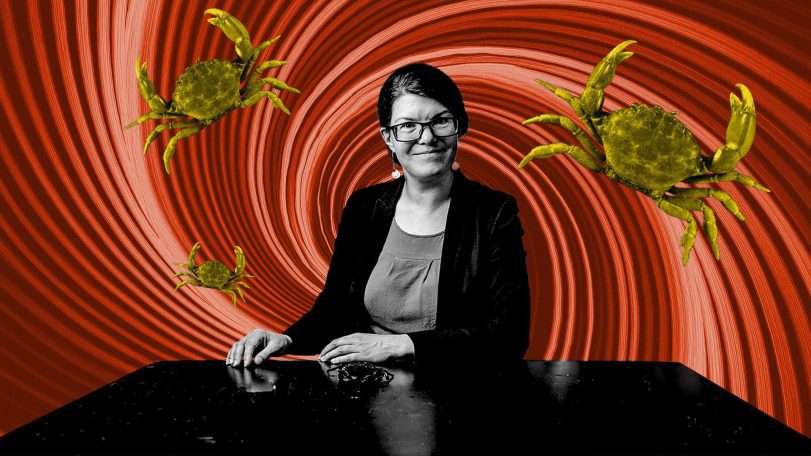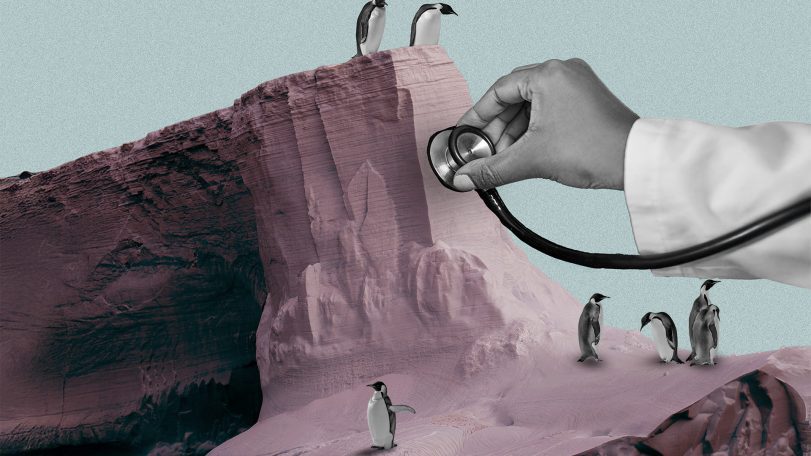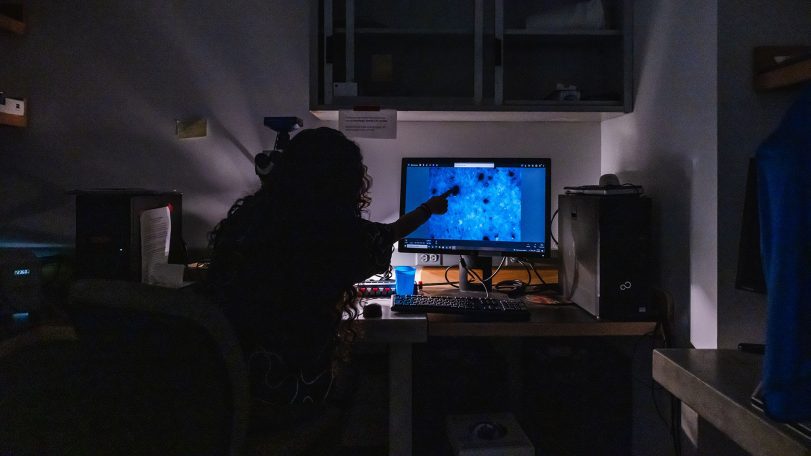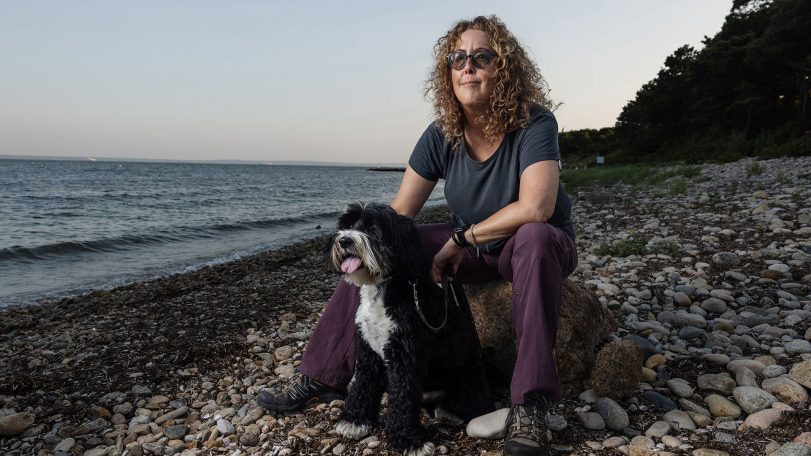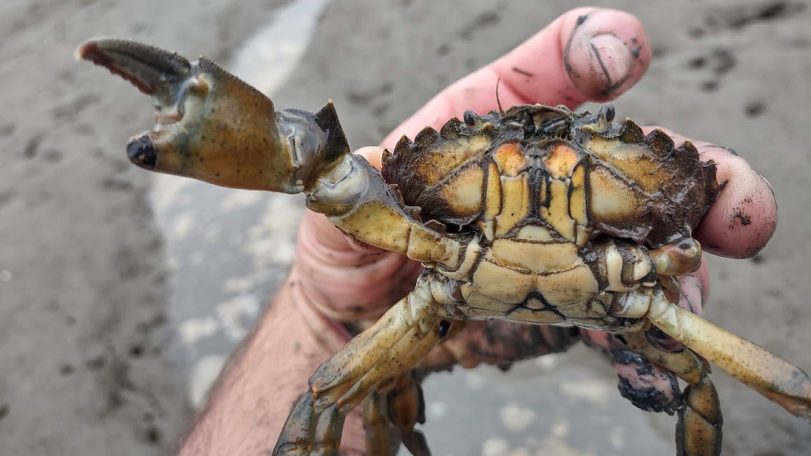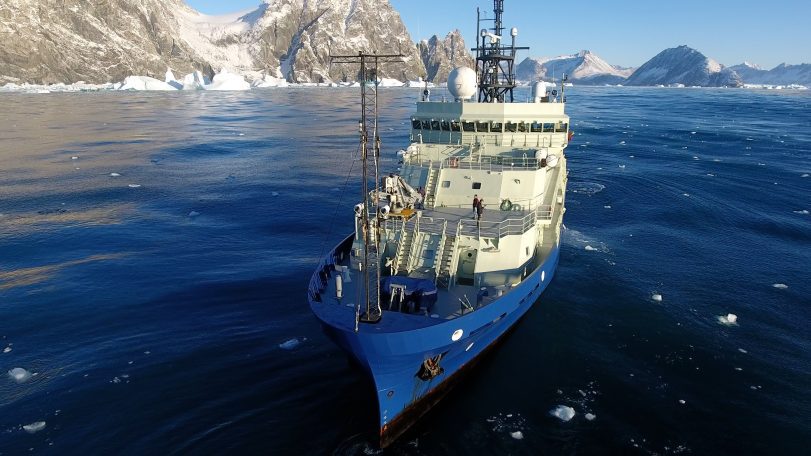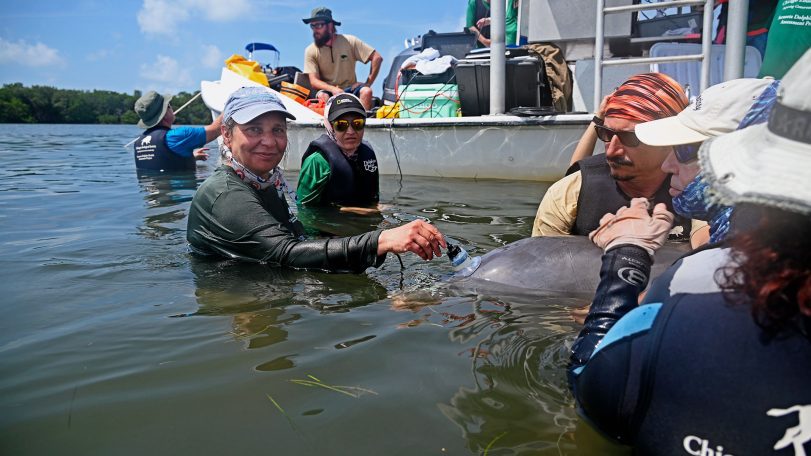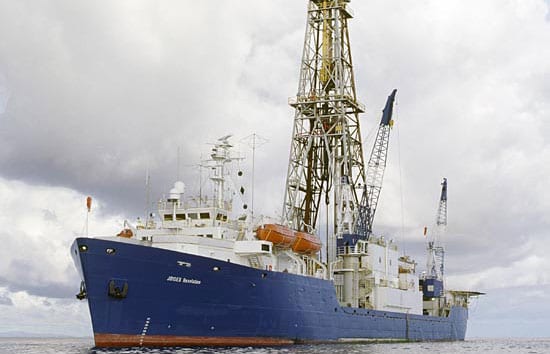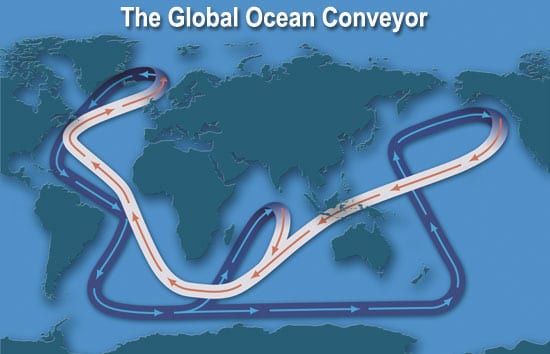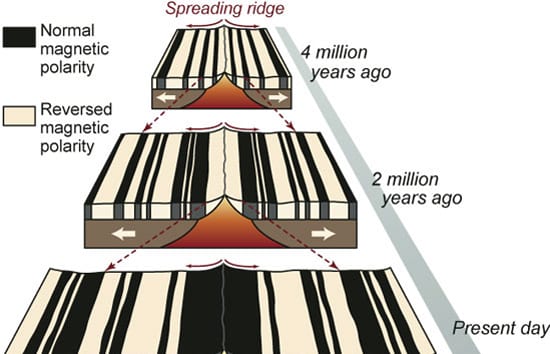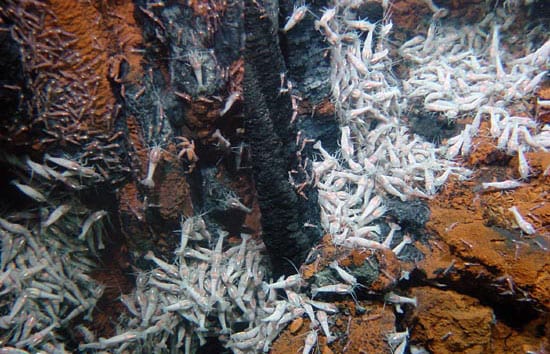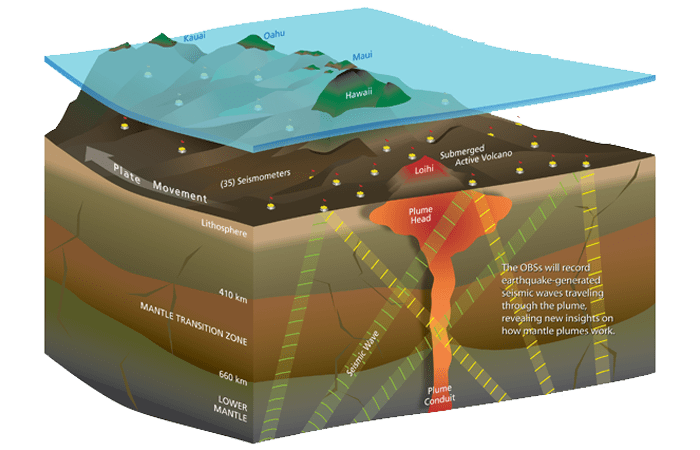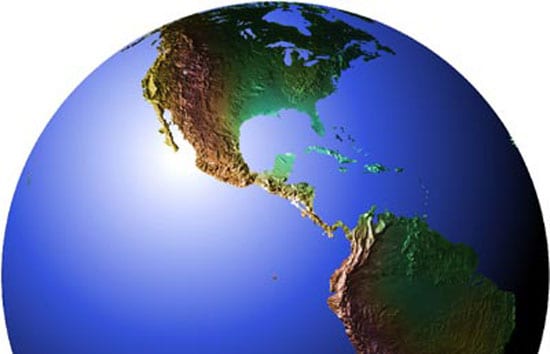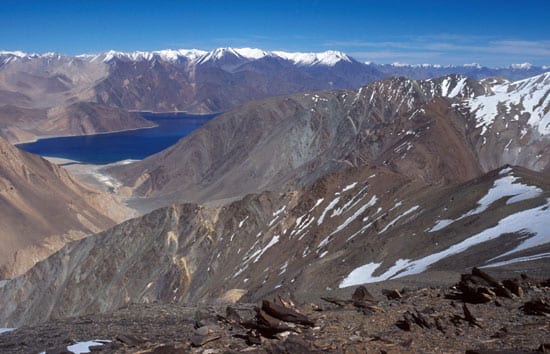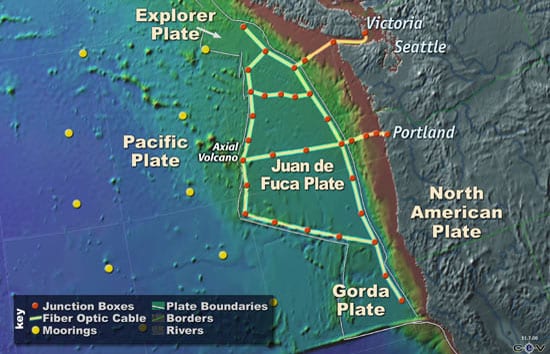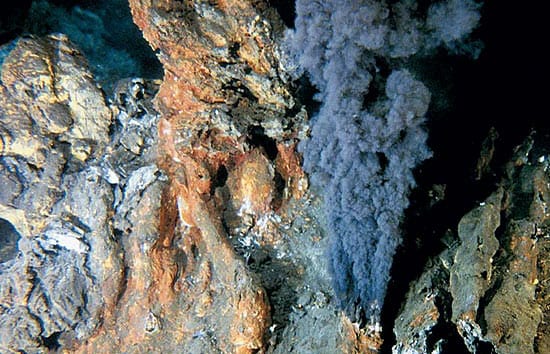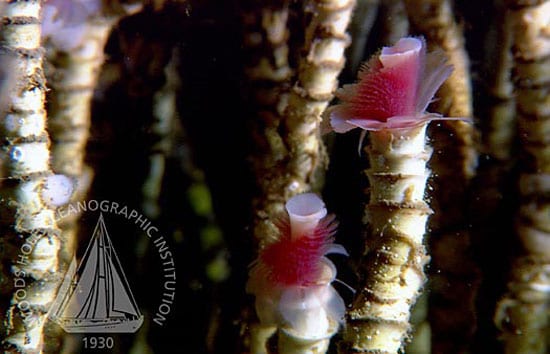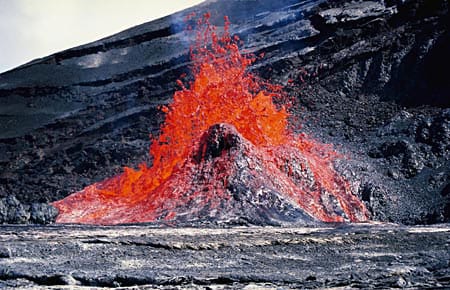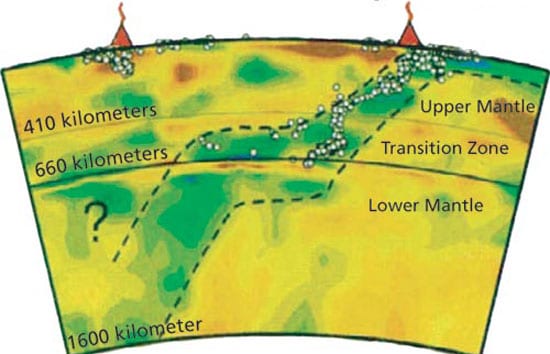
Lessons from a lifetime of exploration
Award-winning ocean photographer Brian Skerry shares insights from a career spent around ocean life and science
How an MIT-WHOI student used Google Earth to uncover a river–coral reef connection
Climate & Weather How an MIT-WHOI student used Google Earth to uncover a…
The little big picture
WHOI senior biologist Heidi Sosik on the critical need for long-term ocean datasets
The ocean weather nexus, explained
The vital role of ocean observations in extreme weather forecasting
Breaking down plastics together
Through a surprising and successful partnership, WHOI and Eastman scientists are reinventing what we throw away
Three questions with Carl Hartsfield
Captain Hartsfield, USN retired, discusses the role ocean science plays in our national defense
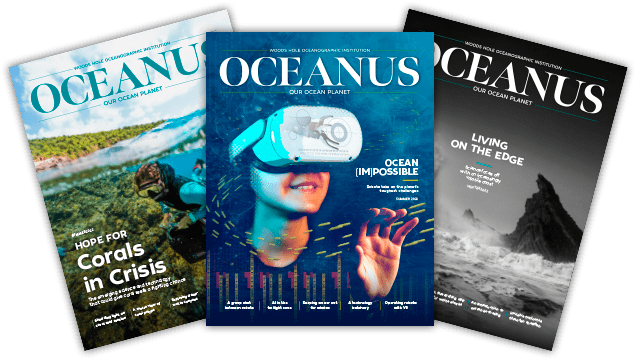
and get Oceanus delivered to your door twice a year as well as supporting WHOI's mission to further ocean science.
Our Ocean. Our Planet. Our Future.
The Ocean (Re)Imagined
How expanding our view of the ocean can unlock new possibilities for life
Body snatchers are on the hunt for mud crabs
WHOI biologist Carolyn Tepolt discusses the biological arms race between a parasite and its host
A polar stethoscope
Could the sounds of Antarctica’s ice be a new bellwether for ecosystem health in the South Pole?
Secrets from the blue mud
Microbes survive—and thrive—in caustic fluids venting from the seafloor
Top 5 ocean hitchhikers
As humans traveled and traded across the globe, they became unwitting taxis to marine colonizers
Following the Polar Code
Crew of R/V Neil Armstrong renew their commitment to Arctic science with advanced polar training
Harnessing the ocean to power transportation
WHOI scientists are part of a team working to turn seaweed into biofuel
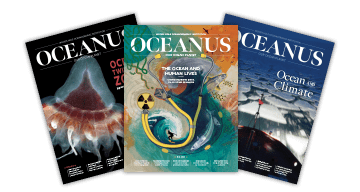
Looking for something specific?
We can help you with that. Check out our extensive conglomeration of ocean information.
Casting a wider net
The future of a time-honored fishing tradition in Vietnam, through the eyes of award-winning photographer Thien Nguyen Noc
Gold mining’s toxic legacy
Mercury pollution in Colombia’s Amazon threatens the Indigenous way of life
How do you solve a problem like Sargassum?
An important yet prolific seaweed with massive blooms worries scientists
Ancient seas, future insights
WHOI scientists study the paleo record to understand how the ocean will look in a warmer climate
Rising tides, resilient spirits
As surrounding seas surge, a coastal village prepares for what lies ahead
Whistle! Chirp! Squeak! What does it mean?
Avatar Alliance Foundation donation helps WHOI researcher decode dolphin communication
We can’t do this alone
For marine chemist Adam Subhas, ocean-climate solutions don’t happen without community
How WHOI helped win World War II
Key innovations that cemented ocean science’s role in national defense
Life at the margins
Scientists investigate the connections between Ghana’s land, air, sea and blue economy through the Ocean Margins Initiative
A Sea Change in Ocean Drilling
Stretching from inland rivers and bays to the edge of the continental shelf, the coastal ocean accounts for about 10 percent of the ocean’s surface area. Yet this relatively small sliver of ocean contains about half of all the microscopic plants adrift in our seas.
How the Isthmus of Panama Put Ice in the Arctic
The long lag time has always puzzled scientists: Why did Antarctica become covered by massive ice sheets 34 million years ago, while the Arctic Ocean acquired its ice cap only about 3 million year ago?
Paving the SeafloorBrick by Brick
Most of Earth’s crust is manufactured at the bottom of the sea. Deep beneath the waves and beyond our view, magma erupts along a 40,000-mile volcanic mountain chain that bisects the ocean floors and encircles the globe. The lava flowing from these mid-ocean ridges solidifies into new ocean crust that spreads out and paves the surface of our planet.
The Evolutionary Puzzle of Seafloor Life
Most of Earth’s crust is manufactured at the bottom of the sea. Deep beneath the waves and beyond our view, magma erupts along a 40,000-mile volcanic mountain chain that bisects the ocean floors and encircles the globe. The lava flowing from these mid-ocean ridges solidifies into new ocean crust that spreads out and paves the surface of our planet.
Listening Closely to ‘See’ Into the Earth
Today, excitement and anticipation is growing because of new generations of seismographs designed for use in the oceans. These new instruments will comprise a new national pool of instruments for use by the scientific community.
Shifting Continents and Climates
Sixty-five millions years ago, dinosaurs had just become extinct, and mammals were starting to dominate the planet.
Moving Earth and Heaven
The mountains rise, are lashed by wind and weather, and erode. The rivers carry mud and debris from the mountains into the ocean, where they settle onto the relatively tranquil seafloor and are preserved. The sediments bear evidence about where they came from, what happened to them, and when. By analyzing, measuring, and dating these seafloor sediments, scientists can piece together clues to reconstruct when and how fast their mountain sources rose to great heights millions of years ago, and how the climate and other environmental conditions may have changed in response.
Seeding the Seafloor with Observatories
Scientists extend their reach into the deep with pioneering undersea cable networks
H2O (Hawaii-2 Observatory) – In 1998, scientists used the remotely operated vehicles (ROV) Jason and Medea to create the pioneering long-term seafloor observatory called H2O (Hawaii-2 Observatory). They spliced an abandoned submarine telephone cable into a termination frame. The frame relays power and communications to a junction box, which serves as an electrical outlet for scientific instruments.
The Remarkable Diversity of Seafloor Vents
Since 1982, I had spent most of my waking hours examining pieces of seafloor vent deposits that had been recovered during a routine dredging operation along the Juan de Fuca Ridge off the Pacific Northwest coast.
When Seafloor Meets Ocean, the Chemistry Is Amazing
Scientists are discovering that abundant quantities of methane gas are continually seeping from the seafloor throughout the oceans. This widespread but overlooked natural phenomenon has potentially dramatic implications on world energy supplies, life in the oceans, and Earth’s climate.
Conduits Into Earth’s Inaccessible Interior
Jules Verne wrote about a way to journey to the center of the earth, but unfortunately, we haven’t found it yet. So we really don’t know what happens deep inside our planet.
The Engine that Drives Earth
Poets and philosophers have celebrated the timelessness of the land around us for eons, but the solid Earth is actually a very dynamic body. Great tectonic plates are in constant motion at Earth’s surface.
